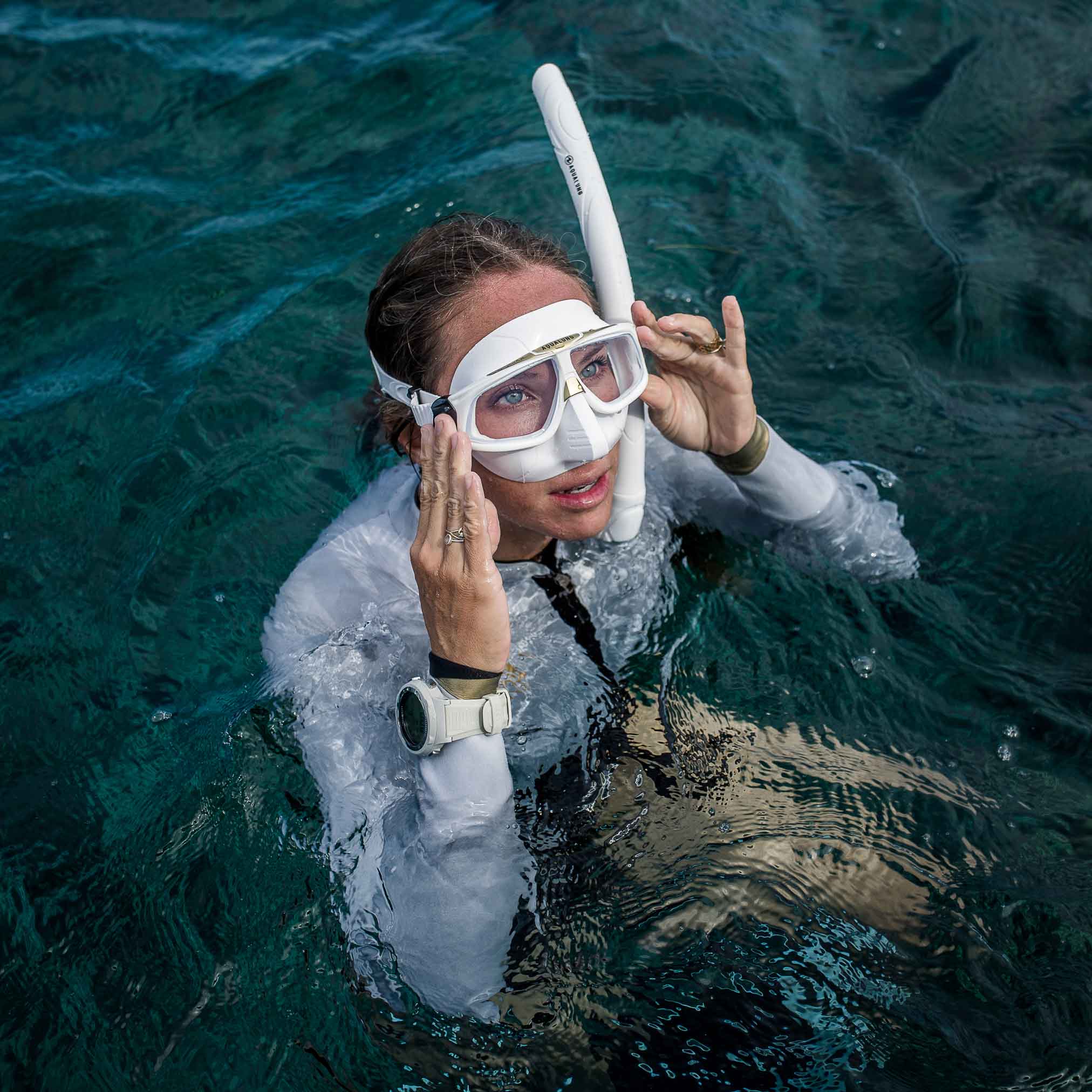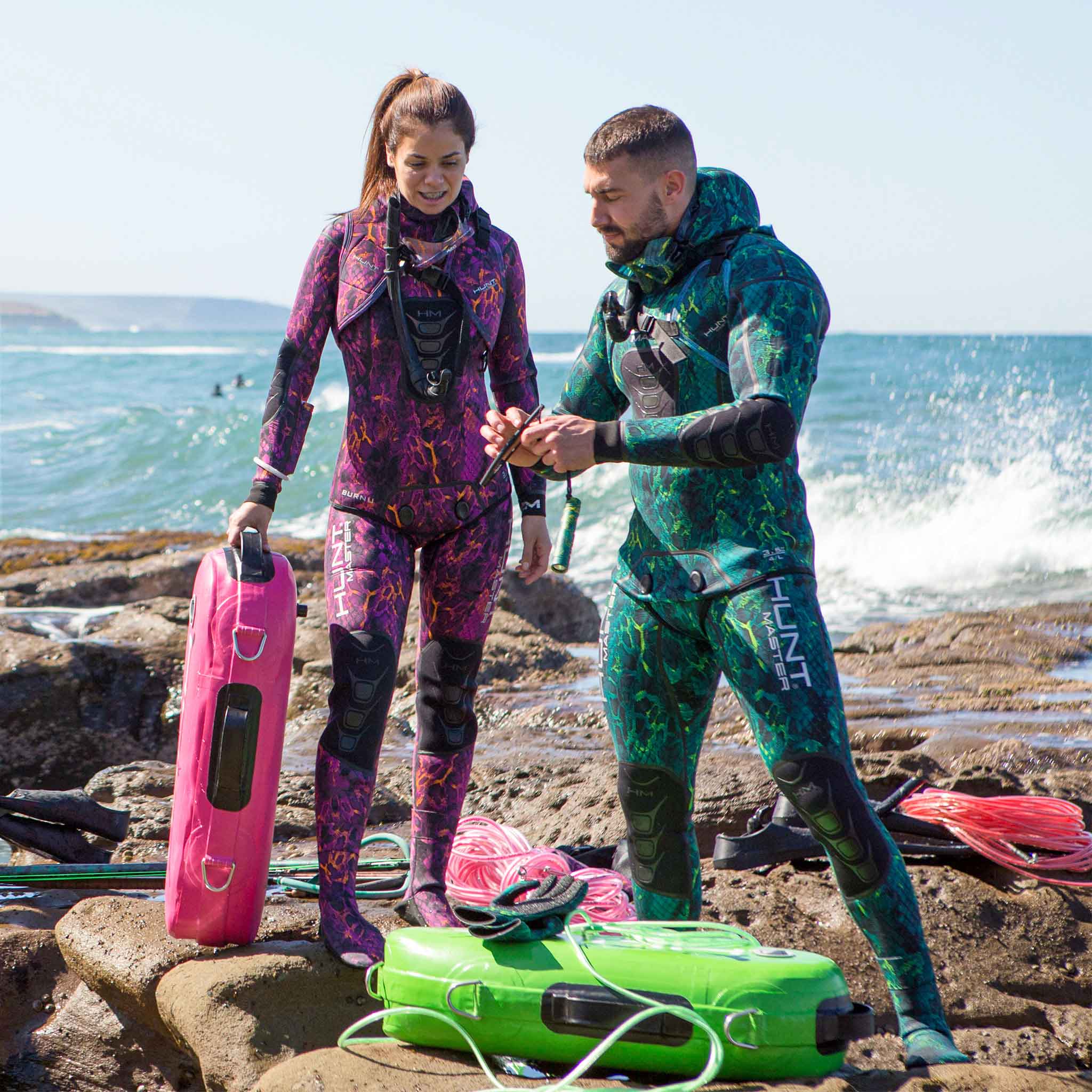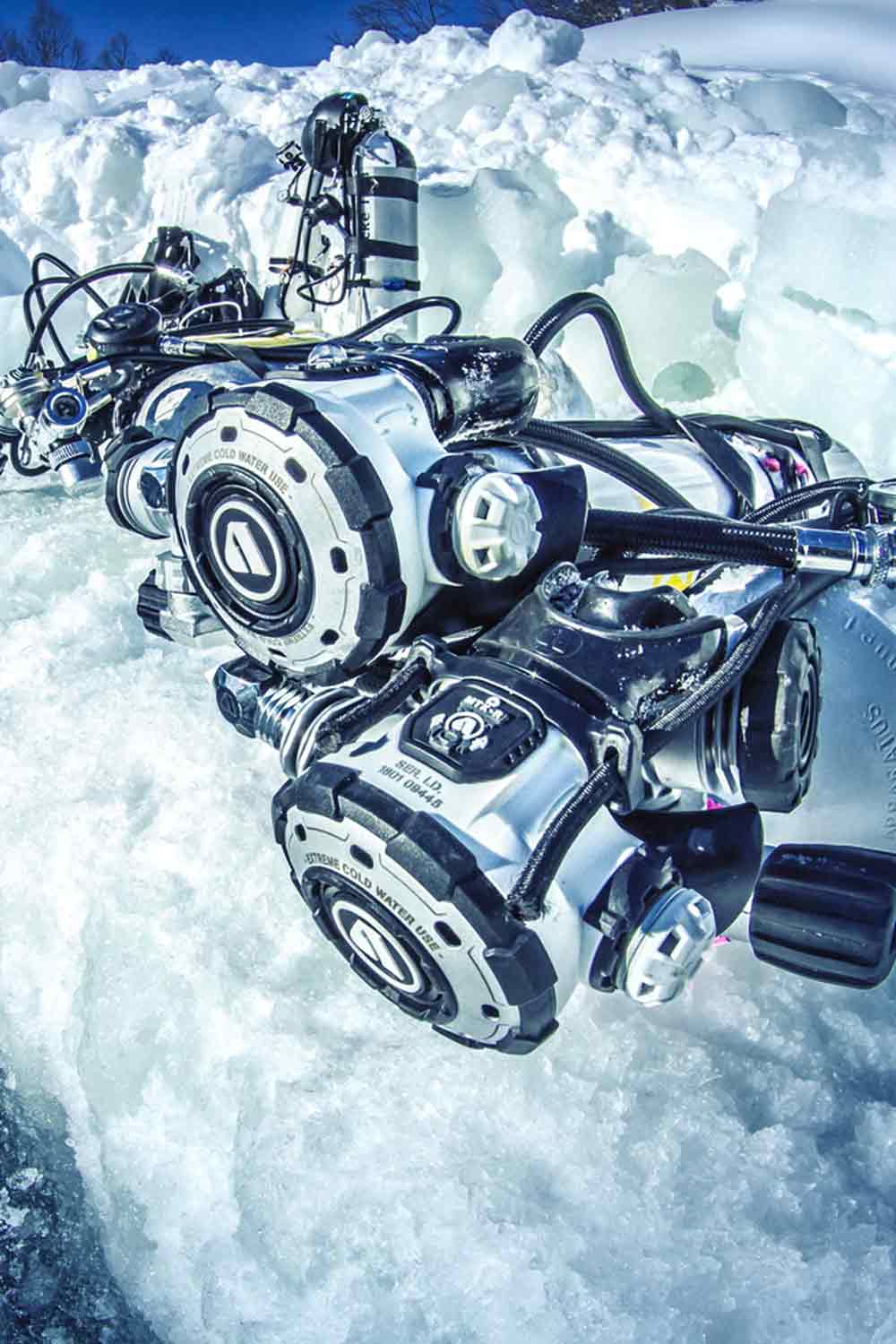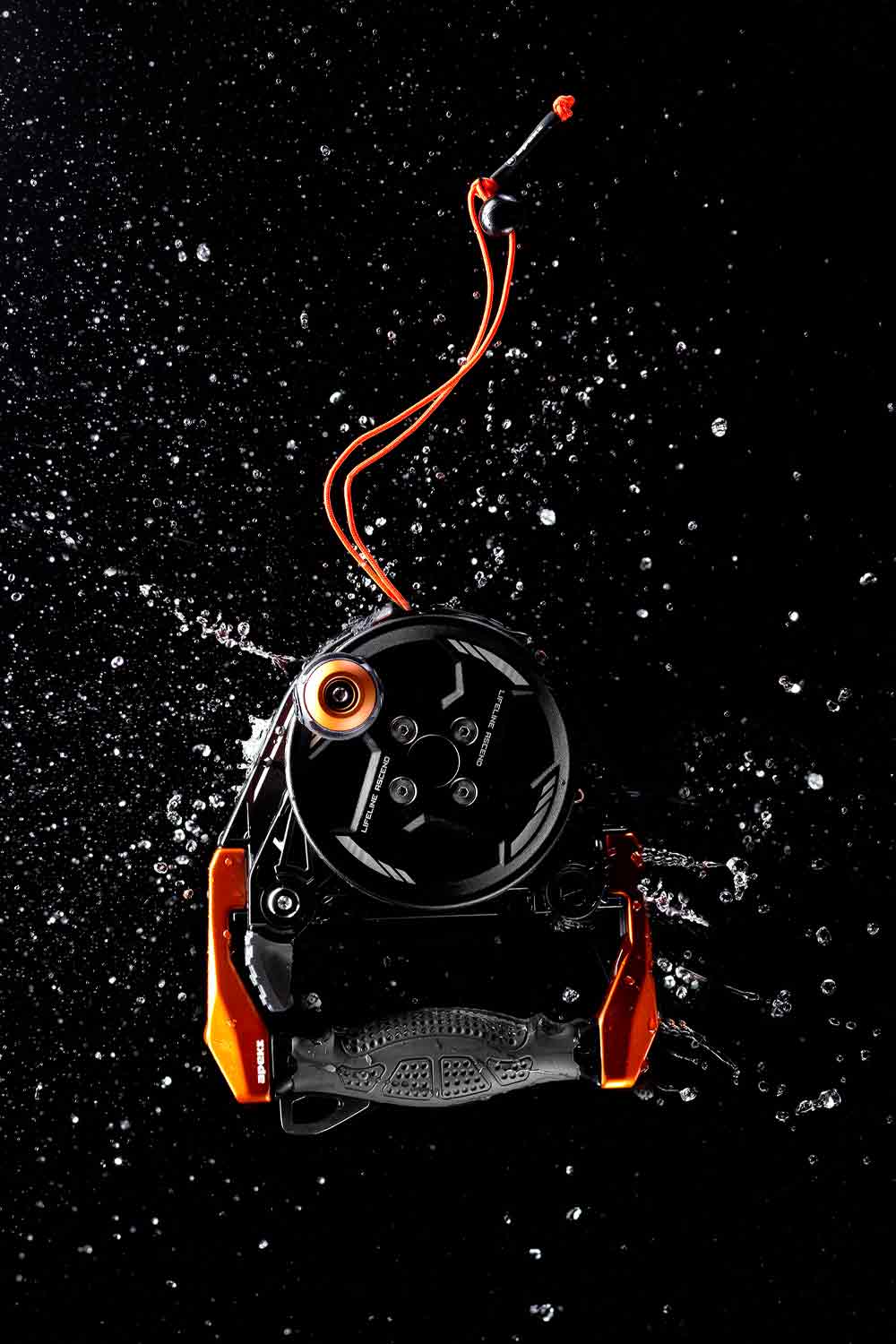Dive Gear
Wetsuits or Drysuits: What You Need for Different Dive Conditions
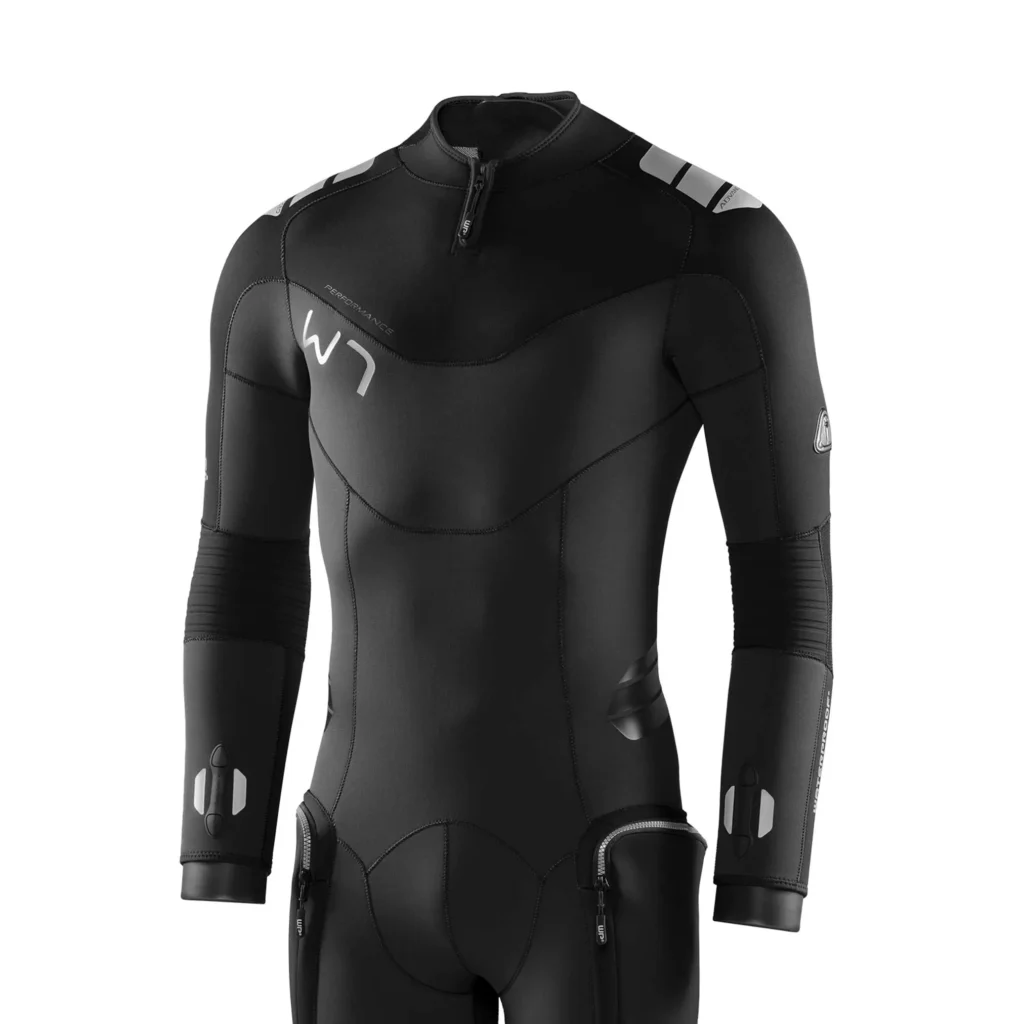
Diving is an exhilarating experience, but comfort and safety should always come first, especially when it comes to choosing the right gear for the conditions. One of the most critical decisions a driver faces is whether to use a wetsuit or a drysuit. While both types of suits are designed to protect you from the cold, they serve different purposes depending on the water temperature and environment you’ll be diving in. In this blog, we’ll explore the key differences between wetsuits and drysuits, and help you make an informed decision based on the specific dive conditions you’ll encounter.
Understanding the Basic Difference Between Wetsuits and Drysuits
The primary difference between wetsuits and drysuits is how they keep you warm. Wetsuits work by trapping a thin layer of water between your skin and the suit. Your body heats this water, which in turn keeps you insulated. Drysuits, on the other hand, keep you completely dry by sealing off the water entirely and relying on insulation layers to maintain body warmth.
Choosing between these two comes down to the diving environment, including water temperature, depth, and how long you plan to be underwater.
Wetsuits: The Best Option for Warm Waters
Wetsuits are made from neoprene, a material that is lightweight, flexible, and buoyant. The way a wetsuit functions is relatively simple but effective. When you enter the water, a small amount of water seeps into the suit. This water is then trapped between your skin and the neoprene, and your body heat warms it up. This process creates a thin layer of insulation that helps keep you comfortable in water temperatures ranging from 20°C (68°F) and above.
Here’s why wetsuits are an excellent choice for warm-water diving:
1. Freedom of Movement
2. Wetsuits are incredibly flexible and lightweight, making them ideal for recreational dives, especially in warm, tropical waters like the Great Barrier Reef. Because they allow for greater movement, wetsuits are often favored by snorkelers, surfers, and divers who need agility underwater. Wetsuits come in various thicknesses, with 3mm and 5mm being the most common for warmer waters.
3. Cost-Effective
Compared to dry suits, wetsuits are more affordable, making them a popular option for divers who stick to tropical or temperate waters. Dive Gear Australia offers a range of wetsuits at competitive prices, catering to both beginners and experienced divers.
4. Versatility in Design
Wetsuits come in various styles to accommodate different needs, from shorties that cover just your torso and upper legs, to full-body wetsuits that provide complete coverage. They also vary in thickness, typically ranging from 2mm to 7mm, allowing divers to select the level of insulation required for their dive. Thicker suits offer better insulation but can be less flexible.
5. Durability and Low Maintenance
Wetsuits require less maintenance compared to drysuits. After diving, a simple rinse in fresh water, drying, and occasional checks for wear and tear is all that’s needed to maintain the integrity of your wetsuit. This makes them highly convenient for casual divers who may not be able to invest the time and money into maintaining a drysuit.
Drysuits: The Go-To Gear for Cold Water Diving
When diving in cold water, typically below 15°C (59°F), a drysuit becomes essential. Unlike wetsuits, which allow a small amount of water to enter, drysuits are completely sealed off from the water, keeping you entirely dry. Drysuits are made from materials such as neoprene or trilaminate, and they rely on additional insulation worn underneath the suit to keep your body warm.
Here’s why drysuits are the best option for cold-water dives:
1. Superior Insulation for Extreme Temperatures
Drysuits are ideal for cold water diving, such as exploring the Southern Ocean off Tasmania or diving in the deeper waters of Australia. Since the suit keeps you completely dry, you can layer insulation under the drysuit according to the temperature of the water. This makes it possible to dive in extremely cold environments without suffering from the cold, unlike wetsuits, which become ineffective in freezing water.
2. Versatility in Depth and Duration
Drysuits are not only designed for cold water but are also ideal for deeper dives, where water temperatures drop significantly. Additionally, drysuits enable you to stay in the water for longer periods without experiencing the cold. This is why professional divers, underwater photographers, and marine biologists often opt for drysuits in cold- or deep-water conditions.
3. Buoyancy and Control
Drysuits are typically less buoyant than wetsuits, giving divers better control over their movements, especially when diving in deeper waters. They also feature adjustable valves that allow you to control the amount of air in the suit, further enhancing buoyancy control. This gives divers a level of precision and comfort that can’t be achieved with wetsuits in cold water environments.
4. Advanced Safety Features
For cold-water divers, the risk of hypothermia is a real concern. Drysuits are designed with advanced safety features to ensure the driver remains insulated, even in freezing conditions. Modern drysuits are equipped with integrated hoods, neck seals, and wrist seals, which prevent water from entering the suit at any point. This full-body protection is crucial for preventing cold water from coming into contact with the skin.
5. Durability and Customization
Drysuits, while more expensive and requiring more maintenance than wetsuits, are incredibly durable and built for long-term use. Dive Gear Australia offers a variety of drysuits, from entry-level models for recreational divers to high-performance suits for those diving in more extreme conditions. Additionally, drysuits are customizable, allowing you to adjust the fit, add accessories like pockets, and upgrade seals or zippers for enhanced performance.
When to Choose a Wetsuit vs Drysuit
When deciding whether to use a wetsuit or a drysuit, the primary factors to consider are water temperature, dive depth, and dive duration. Here’s a quick guide to help you choose:
- Use a Wetsuit If:
- You’re diving in warm water, generally above 20°C (68°F).
- You’re participating in shorter dives, where exposure to cold is minimal.
- You need freedom of movement, particularly for shallow recreational dives.
- Use a Drysuit If:
- You’re diving in cold water, below 15°C (59°F).
- You plan on staying underwater for extended periods.
- You need to maintain warmth in deep or challenging diving environments.
Conclusion: Finding the Perfect Suit for Your Dive
Choosing the right suit for your diving conditions is crucial for both safety and comfort. Wetsuits offer flexibility and affordability for warm water dives, while drysuits provide superior insulation and protection for cold water environments. No matter your diving preference, Dive Gear Australia has a wide range of wetsuits and drysuits to suit your needs. Whether you’re diving off the coast of Queensland or exploring the depths of Tasmania, we’ve got you covered.
Looking for expert advice on selecting your next wetsuit or drysuit? Contact our team at Dive Gear Australia or browse our collection of suits to find the perfect match for your next adventure.




